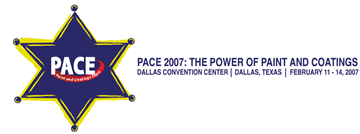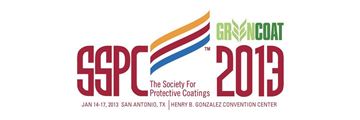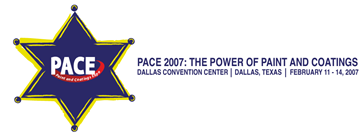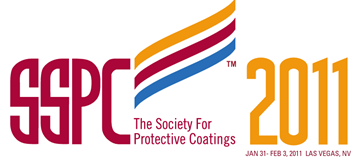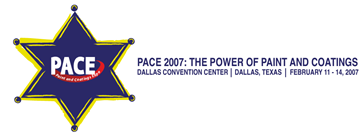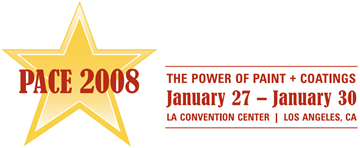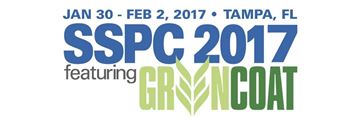Search
Individual Conference Papers
View as
Sort by
Display
per page
Paint Your Way through Insurance’ A Discussion on Contractual Liability and Additional Insured Endorsements
Product Number:
41207-368-SG
Publication Date:
2007
$20.00
Painted Aluminum – Concerns with Fabrication Details and Exposure
Product Number:
41213-786-SG
Publication Date:
2013
$20.00
Painting Over Galvanizing Successfully by Using SSPC- Guide 19
Product Number:
41216-974-SG
Publication Date:
2016
$20.00
Painting Practices for Floating, Storage and Offloading Systems
Product Number:
41211-655-SG
Publication Date:
2011
$20.00
Painting Water Storage Tanks In-Service: An update
Product Number:
41207-343-SG
Publication Date:
2007
$20.00
Paints that Stick to Fluorocarbons: New Options for Repairs and Restoration
Product Number:
41208-444-SG
Publication Date:
2008
$20.00
Parametric Studies on the Performance of Lignin as a Corrosion Inhibitor on Aisi 1018 Carbon Steel Immersed in Model Brackish Water
Product Number:
51319-12885-SG
Publication Date:
2019
$20.00
Partial Blast of Ultra High Solids Coatings on Navy Ships
Product Number:
51217-024-SG
Publication Date:
2017
$20.00
Partitioning Of Multi-Component Surfactants Systems In Oil And Water
Product Number:
51321-16864-SG
Publication Date:
2021
$20.00


